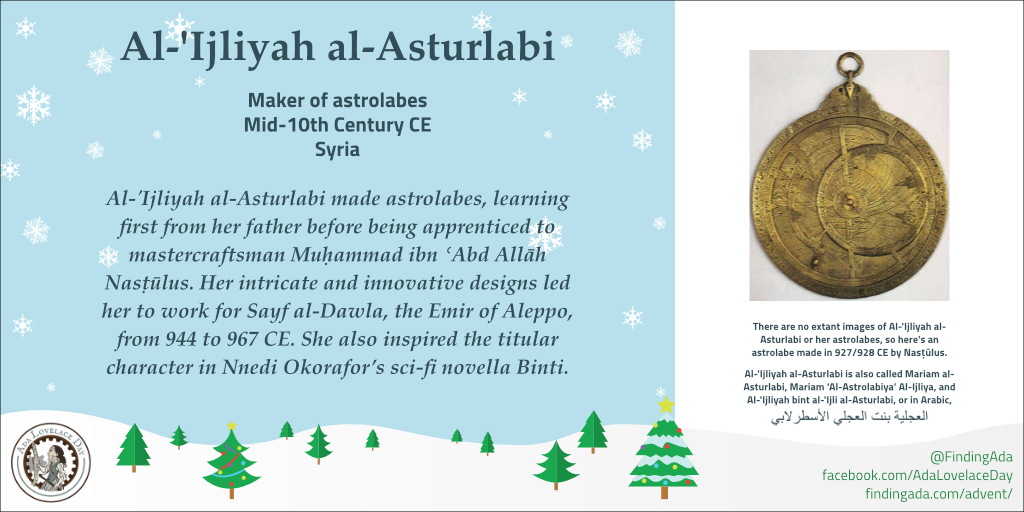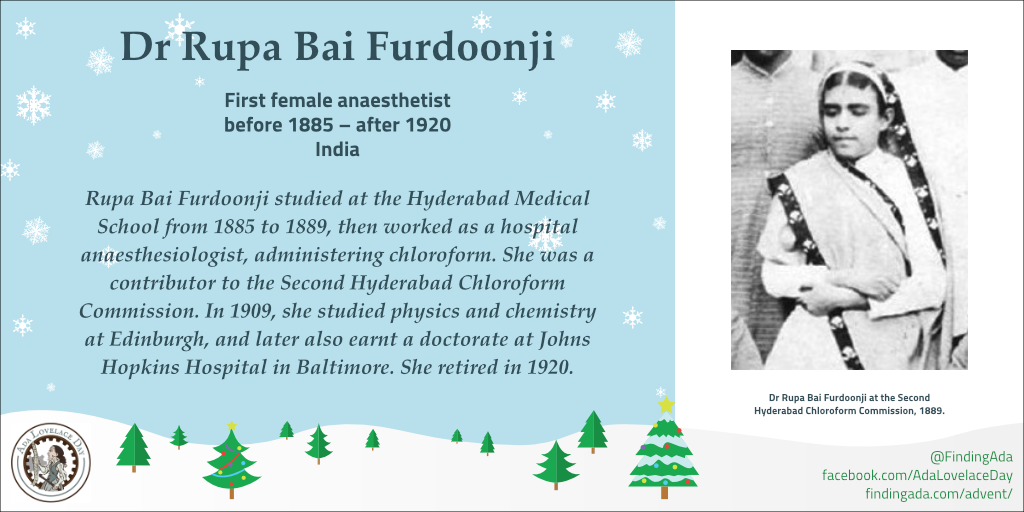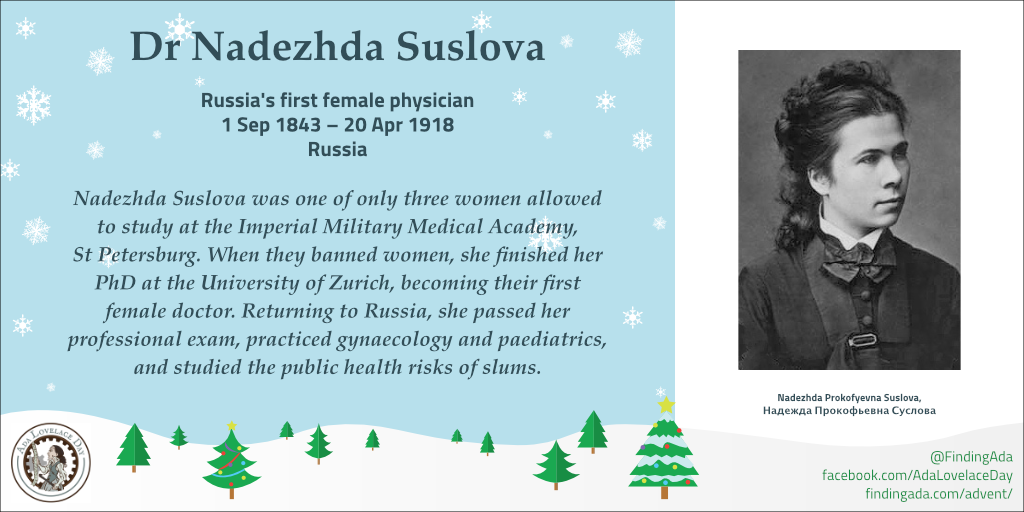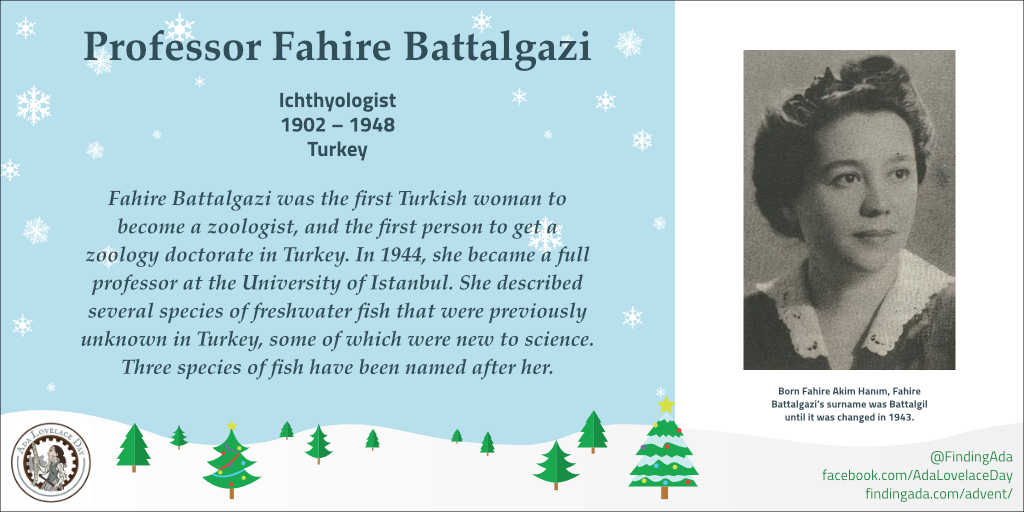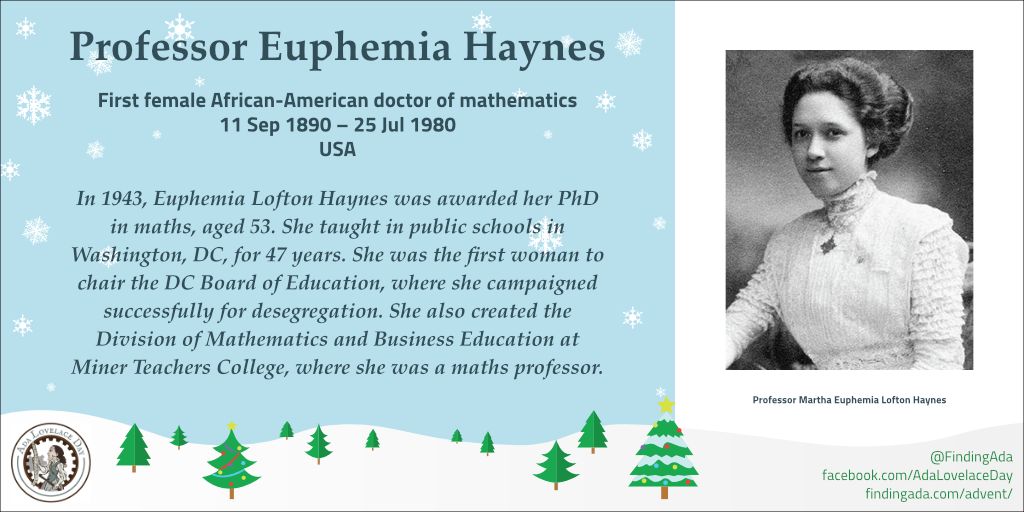This winter, we are celebrating the festive season by honouring 25 amazing women in STEM, some of which you might not know of!
Al-‘Ijliyah al-Asturlabi
Maker of astrolabes
Mid-10th Century CE
Syria
Al-‘Ijliyah al-Asturlabi made astrolabes, learning first from her father before being apprenticed to mastercraftsman Muḥammad ibn ʿAbd Allāh Nasṭūlus. Her intricate and innovative designs led her to work for Sayf al-Dawla, the Emir of Aleppo, from 944 to 967 CE. She also inspired the titular character in Nnedi Okorafor’s sci-fi novella Binti.
Al-‘Ijliyah al-Asturlabi is also called Mariam al-Asturlabi, Mariam ‘Al-Astrolabiya’ Al-Ijliya, and Al-‘Ijliyah bint al-‘Ijli al-Asturlabi, or in Arabic, العجلية بنت العجلي الأسطرلابي .
For more on Al-‘Ijliyah al-Asturlabi:
- https://mvslim.com/mariam-al-astrolabi-a-female-scientist-or-a-wish-upon-a-star/
- https://nustscienceblog.wordpress.com/2013/12/28/mariam-al-astrulabi/
- https://www.whyislam.org/muslim-heritage/astrolabes-and-early-islam-mariam-al-astrolabiya-al-ijliya/
- https://en.wikipedia.org/wiki/Mariam_al-Asturlabi
| Day 13 – Rupa Bai Furdoonji | Day 15 – Professor Honoria Acosta-Sison |
